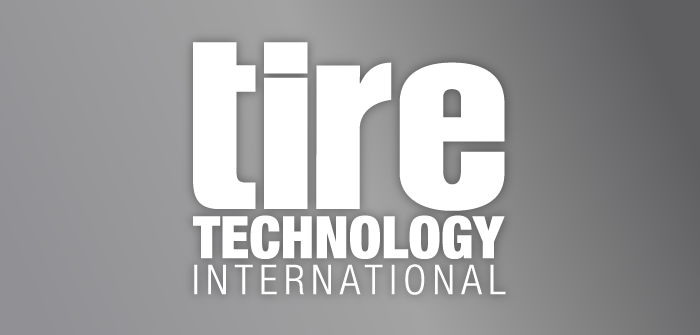Growth in the Industrial Internet of Things (IIoT) and the cloud have given a huge boost to the adoption of RFID technology in Manufacturing 4.0.
The interconnectedness of devices has resulted in massive volumes of RFID data that needs to be managed and analyzed, prompting RFID manufacturers to develop high-memory tags that can hold more information, software platforms with a business intelligence layer, and cloud-based solutions.
“Due to the rising need for resource and cost efficiency, manufacturers are demanding complete visibility and adopting RFID solutions that aid the real-time location tracking and monitoring of their assets, business processes, and personnel,” said Nandini Bhattacharya, industry manager for measurement and instrumentation at Frost & Sullivan.
“Passive RFID has experienced high-volume deployments in the past and will continue to grow, especially in the ultra-high frequency segment, while active RFID, although a smaller market, has potential in real-time location system (RTLS) applications.”
Frost & Sullivan’s recent analysis, RFID in Global Manufacturing 4.0, a Market Forecast to 2025, focuses on the trends, challenges, and factors driving the market sectors of tags, readers, and software and services. It provides product revenue and units forecasts, a country-wise breakdown of each region, competitive analyses, and a list of key market participants, along with their respective market shares. The study also offers participants deep business intelligence to accelerate growth in a fast-paced market.
“As the total cost of ownership (TCO) of an active RFID system is prohibitive, small and medium enterprises opt for the more affordable passive RFID solutions,” noted Bhattacharya. “Active RFID manufacturers need to focus on the standardization of active 433MHz RFID to drive its growth. The rising ubiquity of ultra-wideband (UWB) and Bluetooth low-energy (BLE) RTLS solutions will give the solution an added boost.”
Overall, the growing demands for automation and digitization are creating considerable growth opportunities for RFID vendors that offer solutions that can be easily integrated into the existing manufacturing infrastructure and can enable IoT connectivity; provide precise and accurate RTLS solutions at competitive prices; and develop devices with faster read rate, an ability to read more tags in a single scan as well as highly sensitive antenna, compatible form factors, and increased mobility.
For further information on the analysis, click here.



